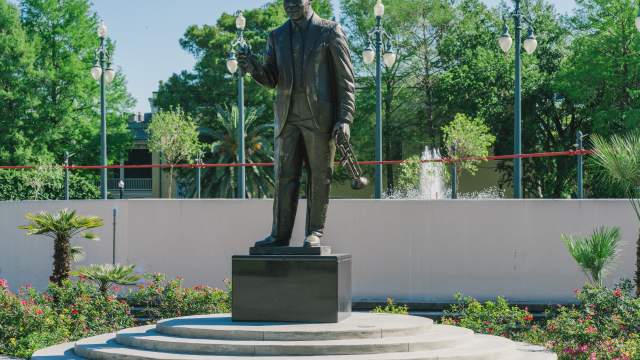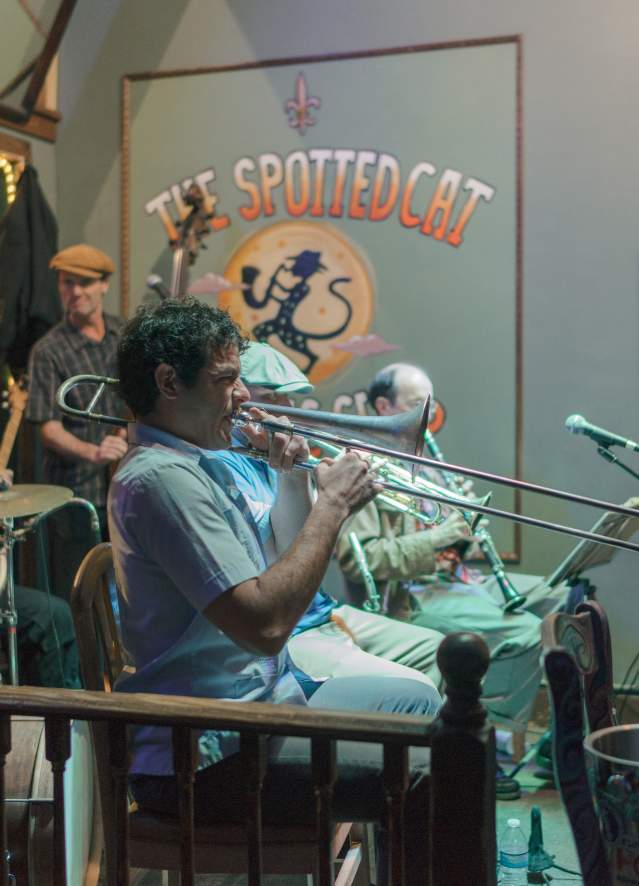Dixieland Jazz New Orleans
Similar to traditional jazz, but with added flair and influence
New Orleans is well-known as the birthplace of American jazz but lesser-known is the Crescent City’s connection to Dixieland Jazz - a uniquely NOLA mashup between traditional jazz and ragtime. While the differences between the two are subtle, they’re worth noting so that your next music-fueled trip to NOLA can be done like a pro.
 Zack Smith
Zack Smith
What is Dixieland Jazz?
A subgenre of American jazz, Dixieland Jazz was developed in the early 20th century. It draws on four major influences including ragtime, blues, gospel and military brass bands. The biggest difference between what many consider traditional jazz and Dixieland jazz is Dixieland’s use of “collective improvisation.” Instead of segmenting each musician with individual solos, Dixieland draws on the specificity of each instrument to create one unique and harmonious sound.
Who are some popular Dixieland Jazz artists?
The Original Dixieland Jass (jazz) Band, is where the subgenre’s name comes from. The namesake band recorded the very first jazz record in 1917. Other world-renowned jazz musicians such as Bix Beiderbecke, Jelly Roll Morton, and Louis Armstrong, who pioneered extended Dixieland solos, also contributed heavily to Dixieland as a music form.
 Paul Broussard
Paul Broussard
How can I experience Dixieland Jazz music in New Orleans?
Dixieland Jazz can found all throughout the city of New Orleans, it’s all about being able to identify it when you hear it. A jazz brunch is a perfect place to hear plenty of Dixieland paired with New Orleanian classics like shrimp & grits, bananas foster french toast, Creole Bloody Marys and much more. Curious to learn more about Dixieland’s roots? Visit the New Orleans Jazz Museum and learn from expert historians and musicians.
Preservation Hall, the Palm Court, and other jazz clubs across the city are ideal locations to hear not only Dixieland jazz, but other jazz subgenres as well.
